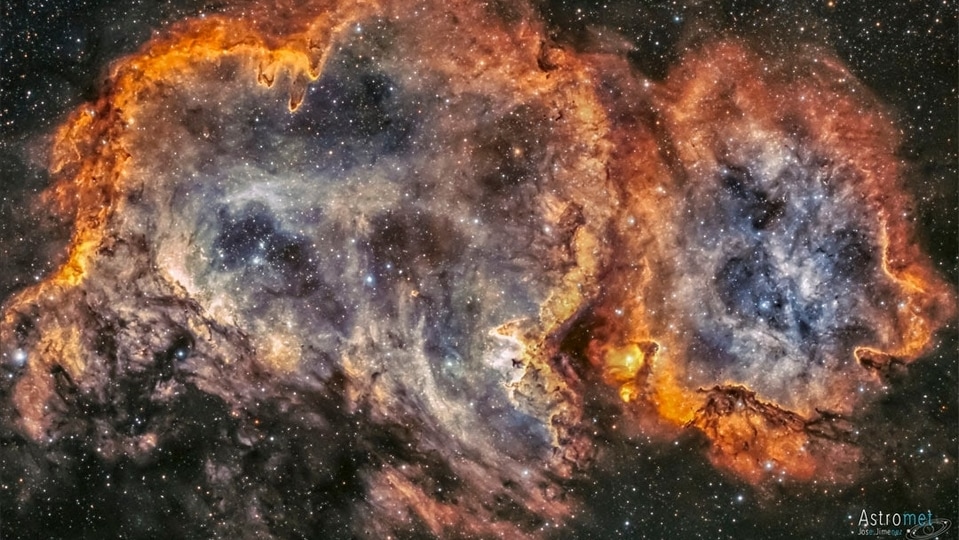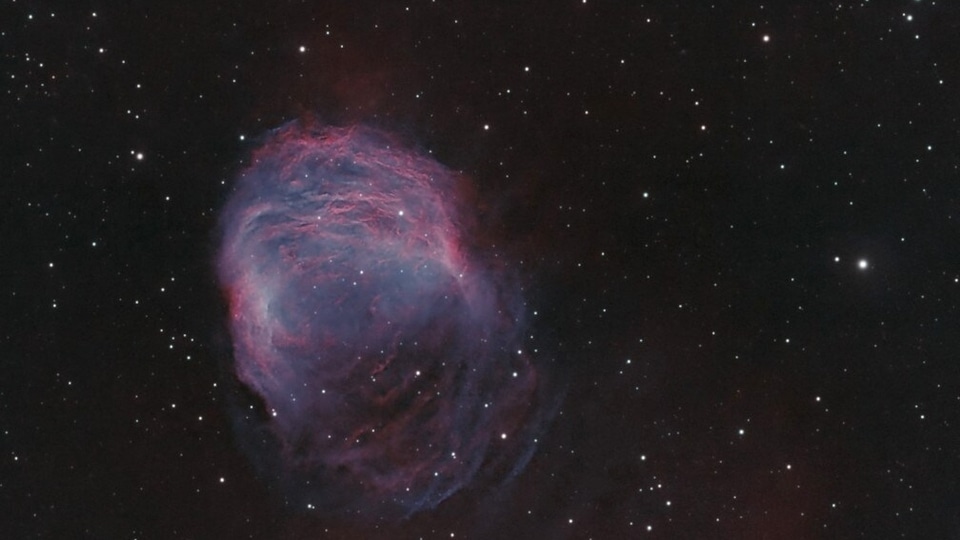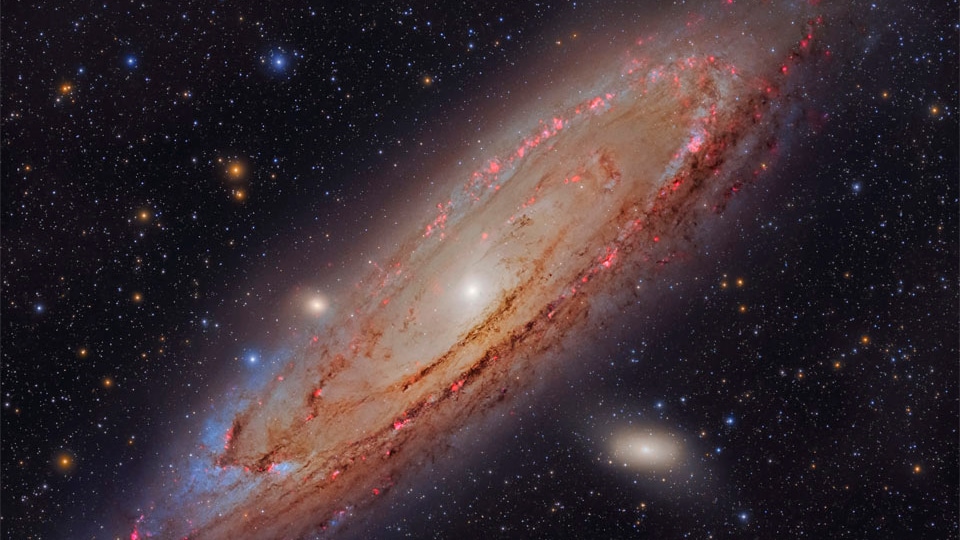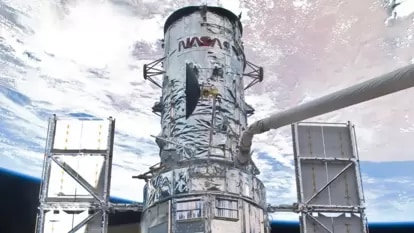NASA Astronomy Picture of the Day 22 March 2023: Andromeda Galaxy, 2x of Milky Way Galaxy
Today’s NASA Astronomy Picture of the Day is the Andromeda Galaxy, located approximately 2.5 million light-years away in the constellation Andromeda.






 View all Images
View all ImagesThe Andromeda Galaxy is home to several interesting objects, including globular clusters, planetary nebulae, and supernovae. It is one of the most distant, yet easily visible objects to the eye. Also known as Messier 31, it is a spiral galaxy located approximately 2.5 million light-years away from Earth in the constellation Andromeda. One of the most striking features of Andromeda is its bright central region, known as the nucleus, which is home to a supermassive black hole. Apart from this, the galaxy also has spiral arms rich in dust and gas.
Today's NASA Astronomy Picture of the Day is the Andromeda Galaxy. According to NASA, the Andromeda Galaxy is twice the size of our own Milky Way Galaxy, spanning across nearly 260,000 light-years and containing over 1 trillion stars.
Discovery of Andromeda Galaxy
Since Andromeda is one of the most easily seen celestial objects, it is unclear who discovered it. However, the first written observation of the Andromeda Galaxy can be found in Persian astronomer Abd al-rahman al-Sufi's The Book of Fixed Stars which dates back to the year 964.
The picture was captured by astrophotographer Abdullah Al-Harbi.
NASA's description of the picture
How far can you see? The most distant object easily visible to the unaided eye is M31, the great Andromeda Galaxy, over two million light-years away. Without a telescope, even this immense spiral galaxy appears as an unremarkable, faint, nebulous cloud in the constellation Andromeda. But a bright white nucleus, dark winding dust lanes, luminous blue spiral arms, and bright red emission nebulas are recorded in this stunning fifteen-hour telescopic digital mosaic of our closest major galactic neighbor.
But how do we know this spiral nebula is really so far away? This question was central to the famous Shapley-Curtis debate of 1920. M31's great distance was determined in the 1920s by observations that resolved individual stars that changed their brightness in a way that gave up their true distance. The result proved that Andromeda is just like our Milky Way Galaxy -- a conclusion making the rest of the universe much more vast than had ever been previously imagined.
Catch all the Latest Tech News, Mobile News, Laptop News, Gaming news, Wearables News , How To News, also keep up with us on Whatsapp channel,Twitter, Facebook, Google News, and Instagram. For our latest videos, subscribe to our YouTube channel.
































